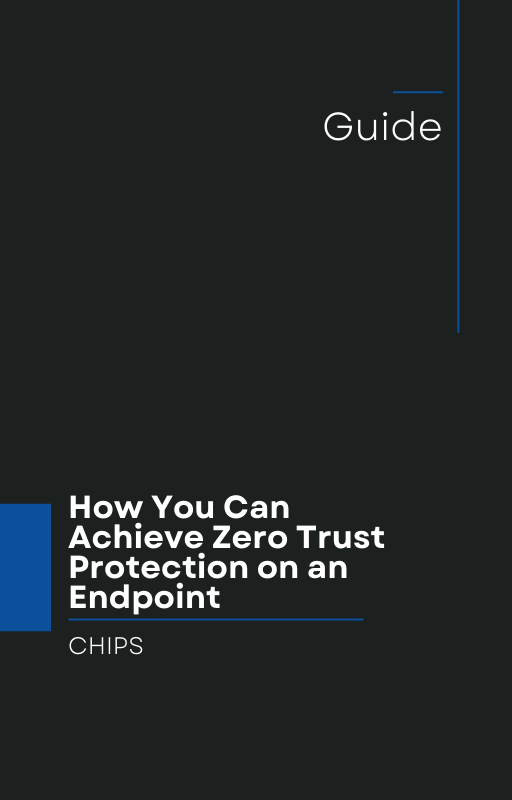On June 11, 2025, Microsoft released an urgent security update for Windows 10 and 11 systems in response to an actively exploited vulnerability.
According to Forbes, the vulnerability was already being used in the wild before the patch was released.
While Microsoft has not yet disclosed the full technical details of the flaw, its severity prompted an unscheduled update outside of the normal Patch Tuesday cycle. This kind of rapid response signals how aggressively attackers are now moving to exploit newly discovered weaknesses.
The deeper issue is not just the flaw itself. The real problem is that most organizations are still relying on reactive cybersecurity strategies. Detecting threats after they have launched and responding only once damage is in progress is no longer sufficient.
The Problem with Detect and Respond
Every time a critical vulnerability is discovered, the same pattern unfolds:
-
The vulnerability is identified.
-
Threat actors begin to exploit it, often before a fix is available.
-
A patch is released.
-
IT teams rush to apply it across their environments.
-
Many systems remain vulnerable during the delay.
This gap is exactly what attackers rely on. Many businesses are unable to deploy emergency updates quickly due to operational limitations, internal approvals, or simply lack of resources. In the meantime, the threat continues to spread.
By the time traditional security tools detect the threat, it has often already achieved its goal. This cycle leaves too many businesses exposed.
Why Isolation and Containment Must Replace Detection
Rather than playing catch-up with every new exploit, security strategies should be built to contain threats from the start. That means not just identifying malware, but preventing it from ever executing.
This is the foundation of AppGuard. Instead of watching for signs of compromise and sending alerts, AppGuard silently enforces strict containment rules on endpoints. Applications are allowed to run only within safe boundaries. Unauthorized or unexpected behavior is blocked without relying on prior knowledge of the threat.
Even if an attacker delivers malware through a zero-day exploit or unpatched vulnerability, AppGuard stops it from doing anything harmful.
AppGuard: A Proven Track Record in Endpoint Protection
For over 10 years, AppGuard has protected mission-critical systems in the defense and intelligence communities. It is now available to commercial organizations looking for a better way to defend against modern threats.
Unlike antivirus tools or endpoint detection and response systems that depend on recognizing malicious behavior, AppGuard does not require constant updates or cloud-based threat feeds. It protects endpoints by design, preventing malicious code from launching in the first place.
In the case of this latest Windows vulnerability, AppGuard would have protected endpoints even before the emergency patch was available. That is the kind of proactive security businesses need today.
Talk with CHIPS About Making the Switch
If your business is still relying on traditional detect-and-respond tools, it's time to reconsider your approach. Every delay in patching opens the door to attackers. Every missed alert increases your risk.
At CHIPS, we help businesses protect their environments before threats can take hold. AppGuard provides the containment-first strategy needed to stop attacks at the source.
Let us show you how to move from Detect and Respond to Isolation and Containment. This is not just a better strategy. It is a necessary one for the threats we now face.
Talk with us at CHIPS about how AppGuard can prevent the next incident from ever starting.
Like this article? Please share it with others!

August 7, 2025

Comments